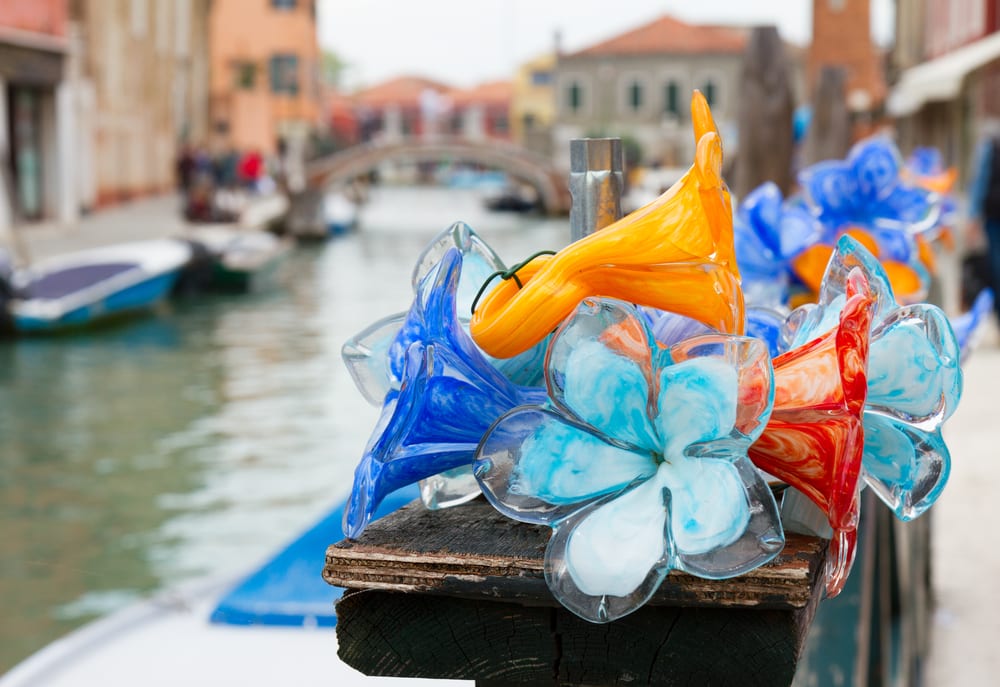For the love of antiques
For the love of antiques
For the love of antiques
-
Hannah
-
Hannah

In France, where I spend five months of the year, L’Isle sur La Sorgue is the place to visit for antiques. A Provençal town between Cavaillon and Carpentras, it has so many antique stores (around 300), including a big cluster near the railway station. When I was renovating my mas (the traditional farmhouse of the region), my architect took me to a row of warehouses that were humming with French people – and virtually no tourists. Glassware, porcelain, furniture, paintings, ivory – thousands of unique pieces clamour for your attention. Best of all, bargaining is par for the course. I talked the vendor of a beautiful 11th-century Provençal cupboard down to two-thirds of the price.
I love to go antiquing – to L’Isle sur La Sorgue, and to the many brocante markets in the towns and villages near my home. Yes, the French have plenty of places where you can buy shiny new things and even the ubiquitous IKEA, but they also have a deep respect for antiques. Period properties in particular – and there are so many in France, from the chateaux to the apartment – come to life with classic pieces.
In all of my homes my passion for antiques is evident. I especially love to collect Chinese porcelain, Japanese sculptures, and French and Italian glass. Of the latter, Murano glass is my favourite; I love the colours and graceful silhouettes of the pieces. The glass originated in the 13th century on the island of Murano, near central Venice.

You’ll often find antiques in the descriptions of characters’ homes in my novels; it is natural for me, when imagining a beautiful home, to think of timeless pieces. In this way I bring a little of myself to the story.
In The Echoes of Love, set in historic Venice, I went a step further and wrote a heroine who has built a career in restoring what is old and treasured. Venetia works for the Marmi Storici e Pietra, the department for the restoration of historic buildings, and she specialises in restoring mosaics and murals. In this scene, she explains the ethos behind her work:
Other guests were joining her group as she pointed to the before-and-after photographs, showing how the endangered mosaic had been photographed in situ, then every piece numbered, lifted and repositioned safely and identically on a floor above.
‘You’ll see,’ she continued, finally relaxing and warming to her subject, ‘that the mosaic has been shifted and transposed back, but in a tray of inert metal, not cemented into the floor. You see a key part of our restoration approach is to ensure that the building’s story is visible. We want people to enjoy the restored building, and of course to feel the ambiance of age. But we also want future generations to understand what we’ve done, and why. We are not creating a modern pastiche, or pretending the renovated building is in its original form. We wish to deliver delight, but also honesty.’
Later in the book, Venetia is asked to help with restoration work at a property that the hero, Paolo, is renovating in Tuscany. He tells her that he is no artist, and that restoring and reinstating what has been abandoned is the only way he knows ‘to give back to art’.
For me, when we save, restore and preserve items from the past, whether porcelain or jewellery or buildings, it is about giving: giving to art, to history – to the future. We are creating a legacy for our children, so that they may understand where they came from. We are treasuring beauty, so that we can gift it to the next generation. For when you have an antique, you never truly ‘own’ it; you are merely its custodian, charged with its protection. It really is a wonderful privilege.
If you’re interested in antiques, you can browse a selection in my shop: https://hannahfielding.net/shop/antiques/.